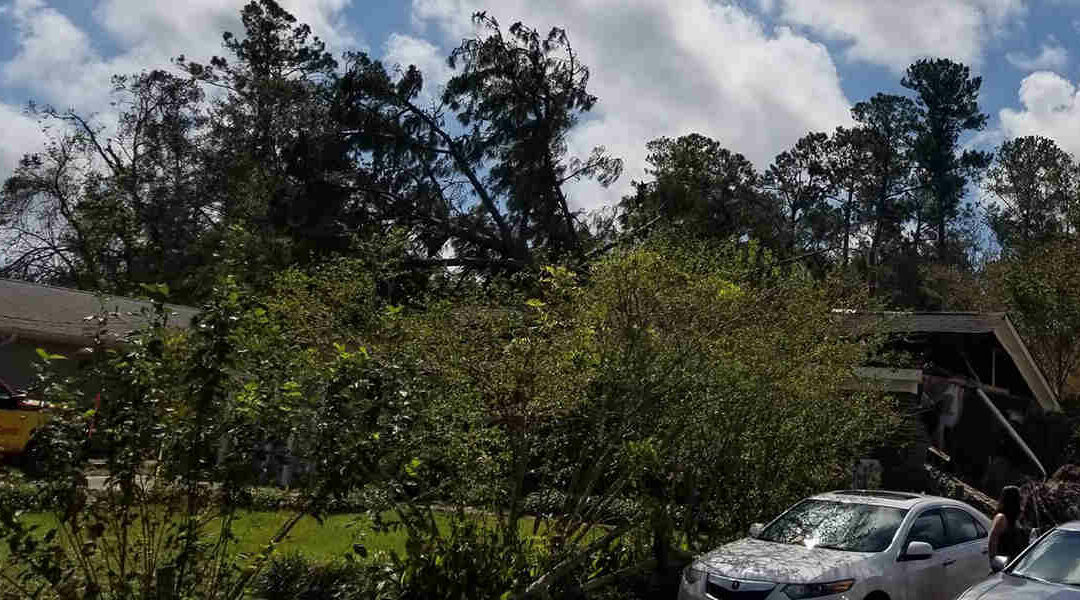When transporting a tree from one place to another, there are certain risks involved. Tree transplant stress is an important factor to consider when moving from the nursery to the yard, which is why it’s crucial to observe the signs and mitigate the symptoms.
If you want to learn more about tree relocation challenges, allow Tri-State Tree Service, one of the best arborist services in Panama City, FL, to explain everything you need to know about moving tree stress and how you can prevent it.
What Are the Signs of Tree Transplant Shock?
If you’re looking out for signs of a bad tree transplant adjustment, watch your tree for the following:
- Wilting leaves: Since trees receive inevitable root damage during transfer, the leaves on your trees may begin to wilt after the move.
- Premature fall color: Trees that you’ve recently transplanted are subject to a smaller set of roots and new nutrient balance, sometimes resulting in premature fall coloration.
- Dying branches: Branches may fall from your newly planted tree or become less flexible.
- Death: In the most extreme cases of tree transplant shock, trees can die, not ever properly acclimating to their new environment.
How To Help Trees Recover From Tree Relocation Shock
Despite the alarming symptoms, a certain amount of tree transplant shock is normal. You can take a few steps to help your plant overcome the symptoms and return to normalcy faster, including:
- Hydrate: Try to hydrate the roots with at least an inch of water each week.
- Fertilize: By giving the tree nutrients, you help encourage the growth it needs to overcome shock. Add about 4 inches of mulch to the base of the tree, and be careful not to crowd the trunk.
- Re-plant: While re-planting a tree may cause more stress, you should consider this option a last-resort tactic for saving your tree. If your hole wasn’t big enough for the roots, planting the tree somewhere else may be necessary.
How To Prevent Transplanted Tree Shock
If you want to prevent a transplanted tree shock, consider some of these planting guidelines:
- Choose native species: Trees have unique needs for soil, sun, and spacing. Try to choose trees that naturally live where you are so that the shock from moving locations isn’t as bad for the specimen.
- Carefully choose a place: When considering a spot, mind the fact that roots need space to grow. When digging the hole, remember that it needs to be two or three times bigger than the root spread.
- Plant during the right season: When planting a new tree, do so during the spring or fall for the best results.
Reach out to Tri-State Tree Service for Assistance
Do you need help with your tree issues? Reach out to our team at Tri-State Tree Service. Whether you need a partially uprooted tree saved or a tender tree replanted, all issues are important to us.
We specialize in:
- Tree removal
- Tree replanting
- Tree trimming and pruning
- Tree transplant shock consultation
We’d love to hear from you! Call us at 850-876-8003 for more information.


